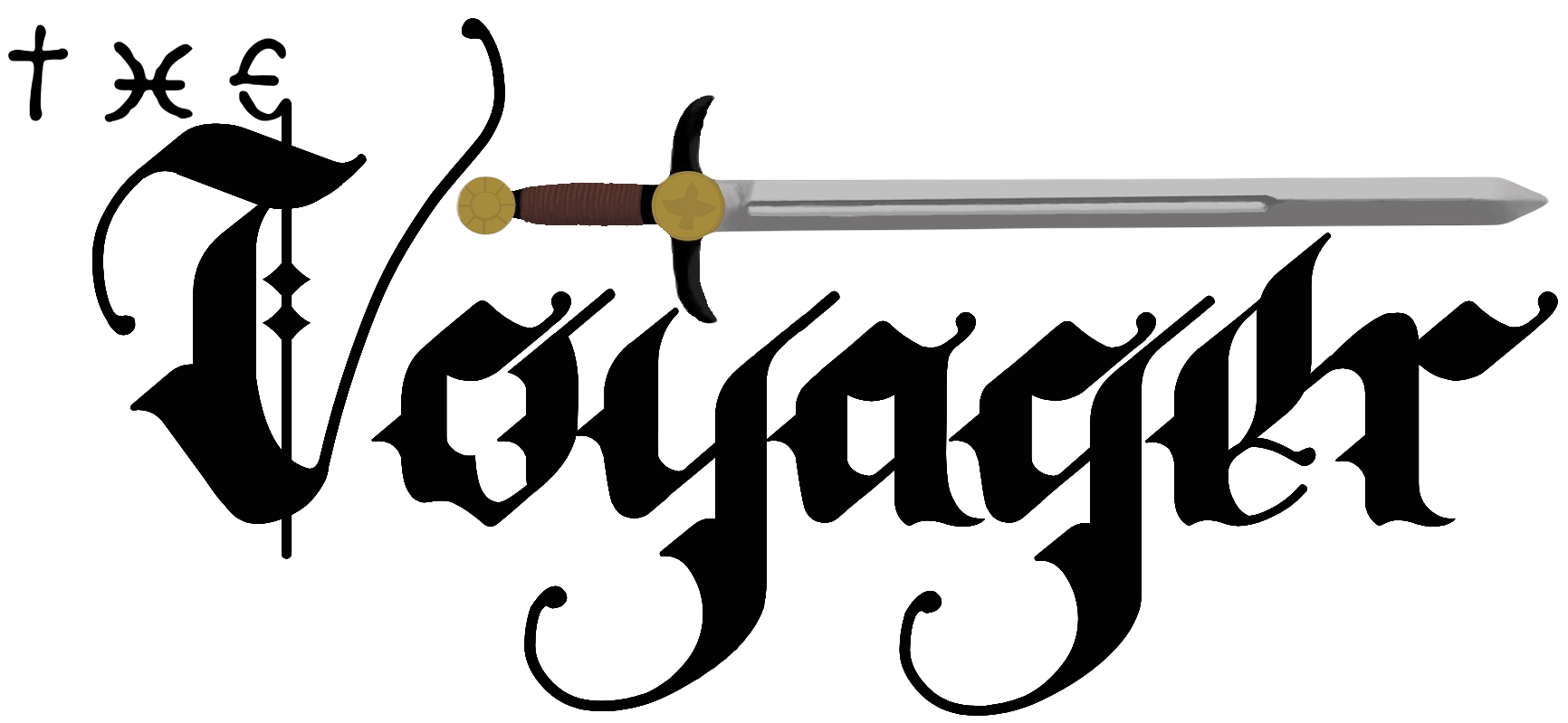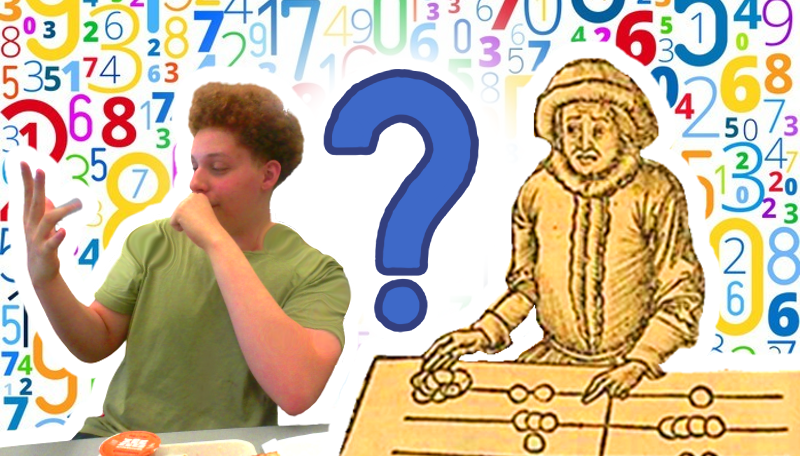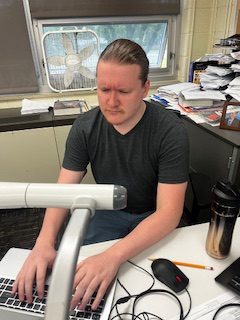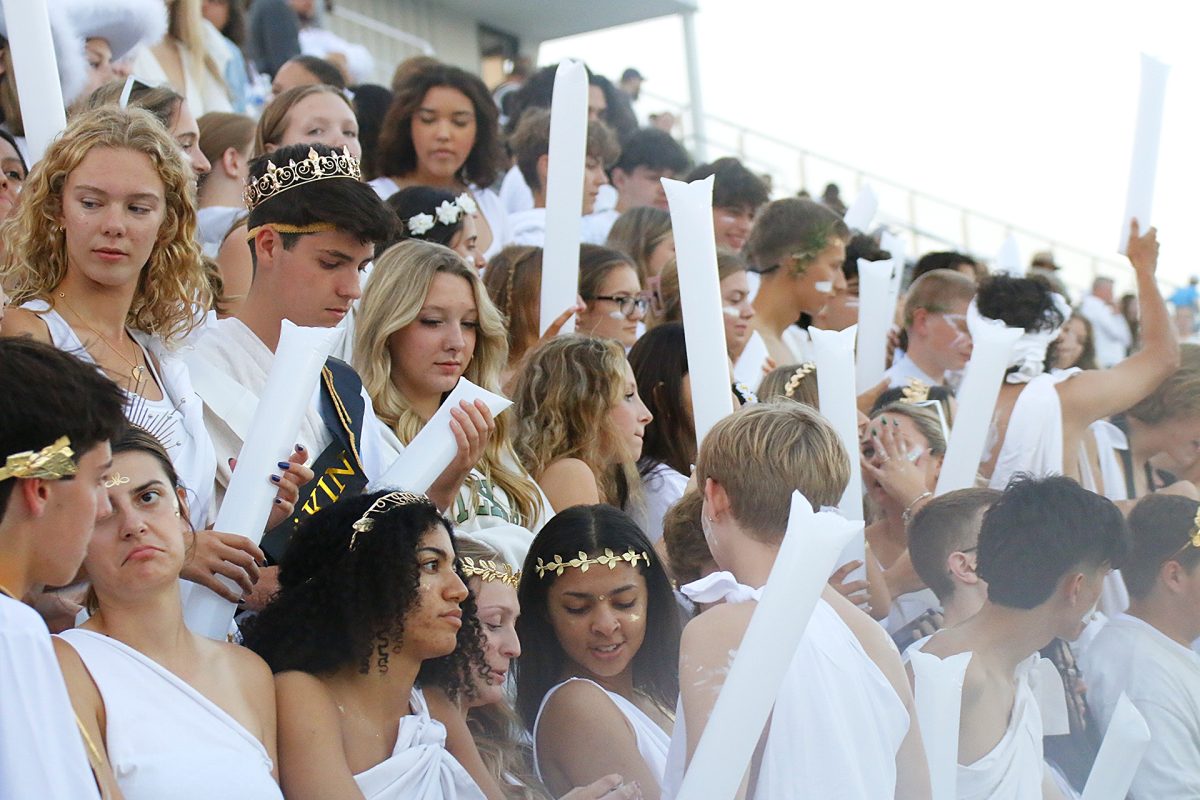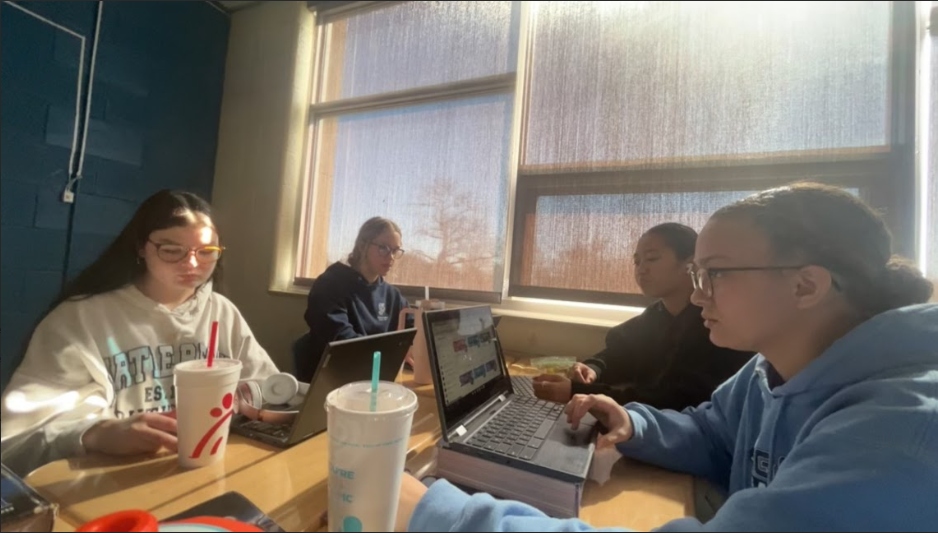Numbers are things we use every day. They’re what we use to measure, count, and label the things around us. But since when did society incorporate numbers into the lives of human beings, if most other animals seem to do fine without the strong mental ability to do so? Are they truly necessary for proper survival, and if so, how were they first brought into the human mindset, and more importantly — why?
“Numbers are used everyday in life for graphing and complex situations where mathematics is needed,” said Edward Duran-Salser, freshman.
The truth is, it’s very difficult to determine where numbers truly came from. It’s not as simple as one ancient mathematician inventing the modern numbers we have today. Regardless, number systems most likely began with the usage of fingers and engraved tally marks, possibly more than 40,000 years ago. Homo sapiens began evolving from their predecessors over 200,000 years ago. With this knowledge in mind, that means the “modern” humans only began counting over a hundred thousand years after their evolution, and 10,000 years later, they developed the ability to hold conversations with language. More complex mathematics developed when agriculture and civilizations became more prevalent, as taxation, measurements of land, among other things, were soon made a requirement in society. Now that we know why we count, we need to know why glyphs (number symbols) replaced tally marks.
“It’s easier to use unique characters than marks,” said Duran-Salser. “How would we make fractions out of tally marks? Glyphs can go on a ruler easily because they have the ability to split and make fractions.”
Glyphs were created to make the representation of any number much easier. Despite this, many people in modern society still go back to their ancient roots, and count with their fingers. Interestingly, there are neurological connections between the parts of the brain that recognize quantity and the part that recognizes the fingers. This suggests that humans are biologically meant to use their fingers to count. Even more interestingly, when people aren’t manually counting numbers, the areas of the brain associated with the fingers are still activated by the brain.
“I count by tens, so I can either hold up all of my fingers to count ten, then again, and again, or I can count one finger at a time for ten, so I can hold up all ten of my fingers for a total of a hundred,” Said Peyton Hawkins, freshman and finger-counter. “If I run out of fingers to count with, I have my nails. It’s just the most practical way of counting for me.”
Our modern number glyphs are called Hindu-Arabic numerals (1, 2, 3, 4). They are a combination of just 10 digits. Our modern numbers date far back, but not as far back as our overly-ancient ancestors, as they were only introduced to Europe in the 12th century by a mathematician named Leonardo Pisano (or better known as Fibonacci). Fibonacci did not invent the numbers, but rather learned of them in North Africa. After his education, he introduced Italy to the system, and it’s now what we use every day to count and write out notations.
“Numbers can make life both complicated and easier, it depends on their usage,” said Joshua Domino, sophomore. “Things like counting how many chips in a bag can be simplified with numbers, but calculus can be confusing if you don’t understand it.”
Not all modern civilizations use the same number systems. In the Middle East, their system was closer to ancient Hindu numerals, named the Eastern Arabic number system, or Mashriqi numerals (١, ٢, ٣, ٤). However, for the Western world, the first usage of digits without the number zero was found in the 5th century. They used the abacus to count small cones (instead of pebbles, which would be seen much later). The cones had Hindu-Arabic numbers on them. Having said that, even before adopting the Hindu-Arabic numeral system, the Western world used the Roman numeral system (I, II, III, IV), which is still in archaic fashion to this day despite being used over 10,000 years ago.
Numbers are what add everything around us together. They are what are used to subtract the difficulty of mathematics, and can at times be the things that divide us. Their purpose as a thing can be objectively stated, like how they’re meant to make the counting process easier, but it can also be subjectively answered.
“I think we need numbers to control how we look at our life,” said Duran-Salser, “because if we have two apples and we want five, we have to get three more apples.”
